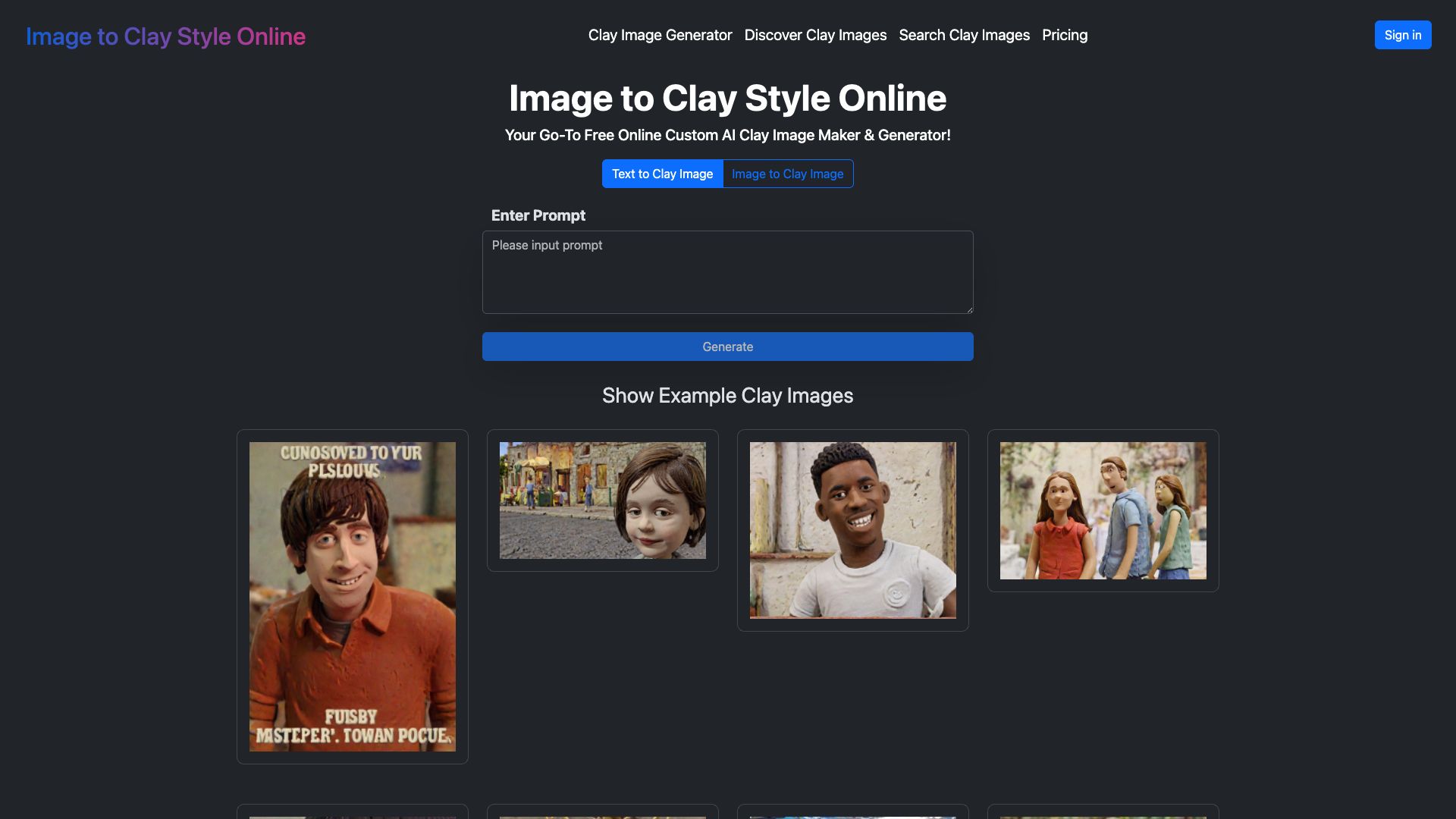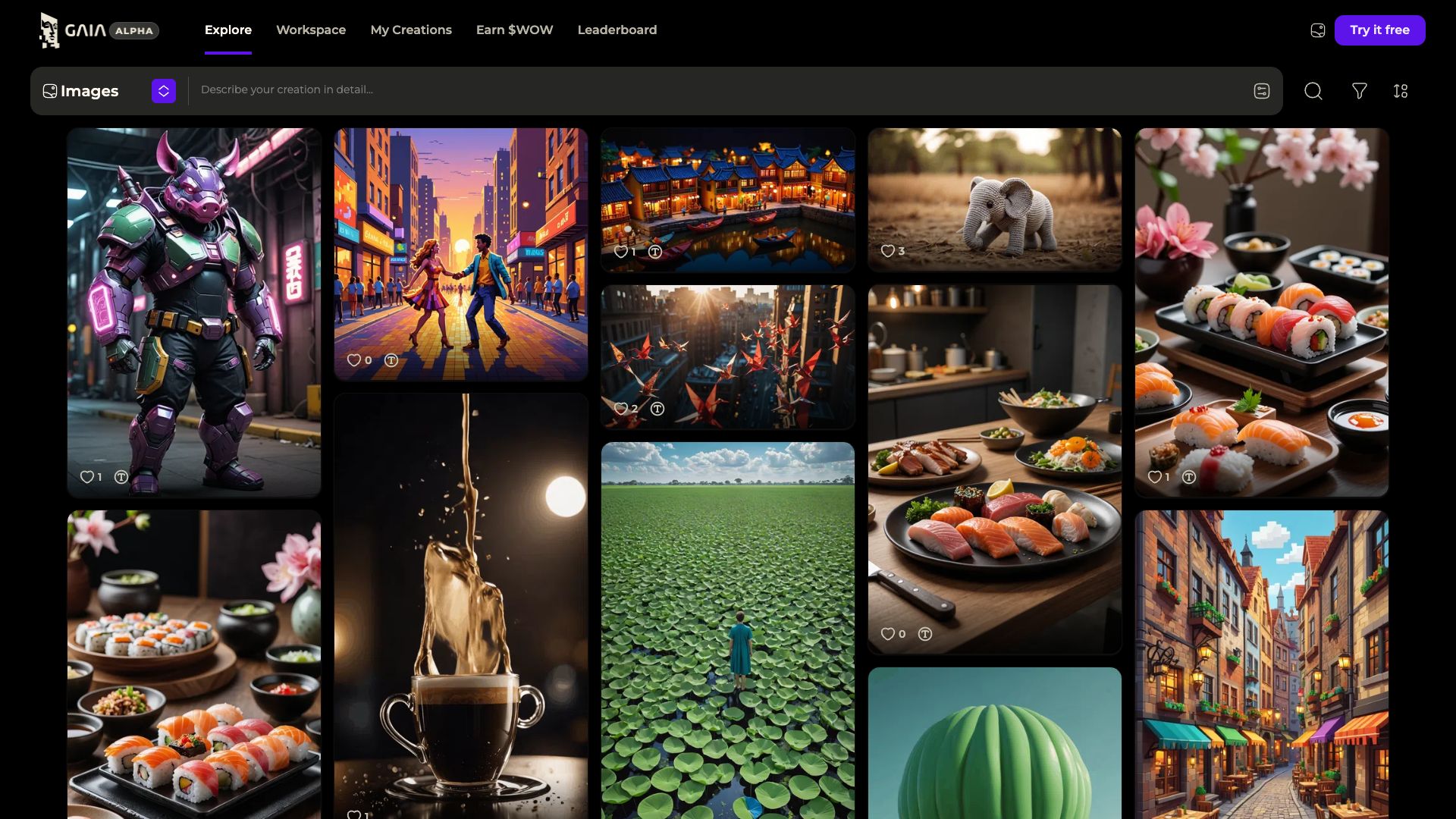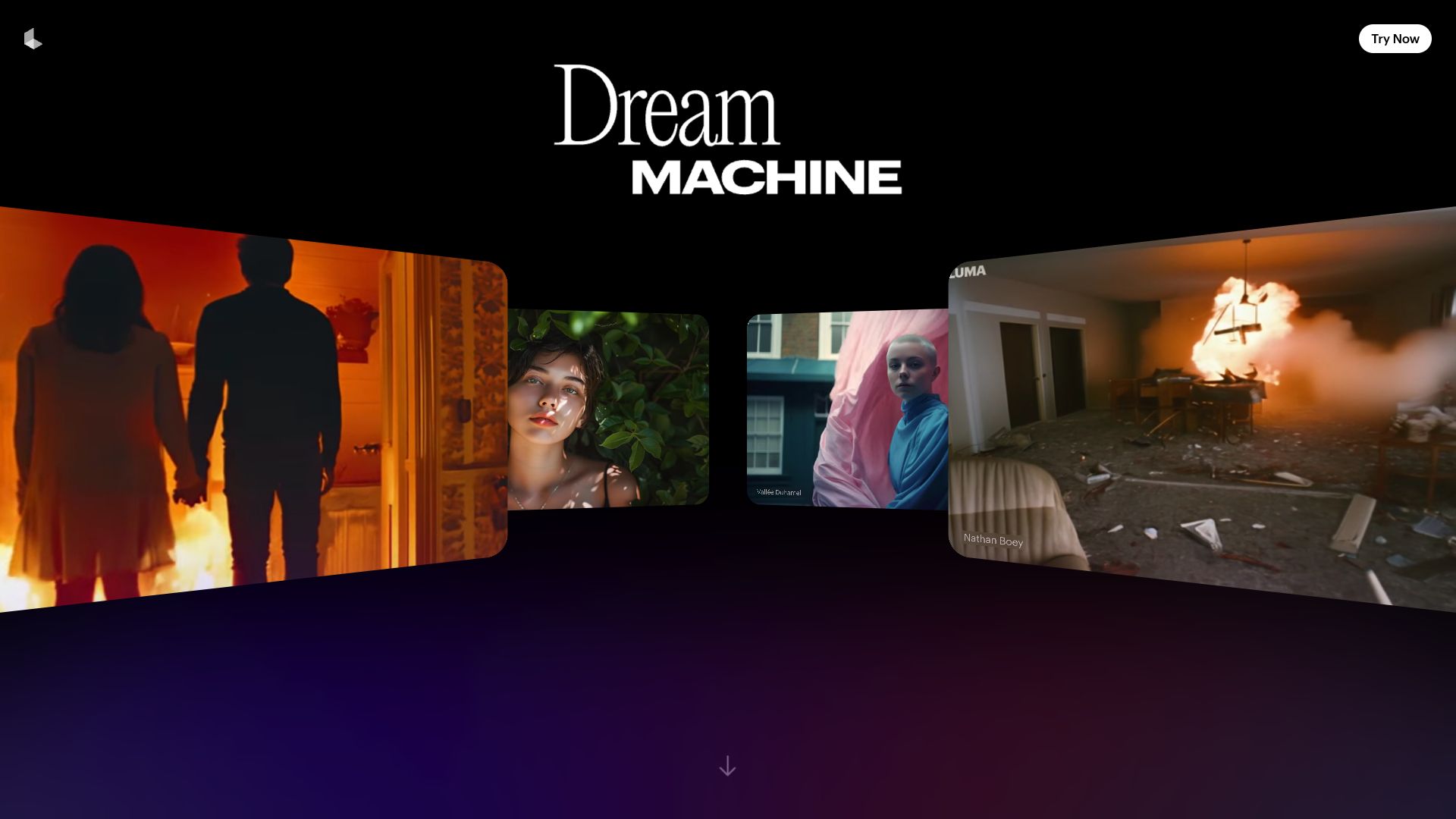Awesome Text to 3D Tools in 2024
Discover the awesome 4 AI tools for 2024 By Candytools
Turn yourself into comical clay character with our online clay filter. Photo to clay style filter. Share your funny clay photo on social media. Start now!
Inspire and be inspired with dazzling AI artwork created by GAIA artist community. From anime art, pixel art to digital art and realistic vision, get your ideas from our diverse art gallery now.
Rendr transforms your text descriptions into stunning 3D models. Our intuitive platform leverages advanced AI to bring your ideas to life in three dimensions.
Luma AI's Dream Machine empowers you to bring your imagination to life. Generate high-quality, customizable 3D models with ease using the power of text-to-3D AI.
More AI Tools Categories
What is Text to 3D?
"Text to 3D" refers to the exciting field of using artificial intelligence to generate three-dimensional models from natural language text descriptions. It's like having a digital sculptor who understands your words and can bring your ideas to life in 3D!
How it Works:
- Natural Language Processing (NLP): AI models are trained to understand the meaning and context of text input. This involves breaking down sentences, identifying keywords, and interpreting relationships between words.
- 3D Representation Learning: These AI models learn to associate text descriptions with corresponding 3D shapes and structures. They build a deep understanding of how objects are described and how those descriptions translate into spatial arrangements.
- 3D Model Generation: Based on the processed text, the AI algorithms generate a 3D model that matches the description. This could be a simple object like a "red cube" or a complex scene with multiple elements.
Technologies:
Several cutting-edge technologies are powering "Text to 3D":
- Generative AI Models: Similar to how DALL-E 2 creates images from text, specialized AI models are being developed specifically for 3D generation. Google's DreamFusion and OpenAI's Point-E are examples of such models.
- Neural Networks: These powerful algorithms are trained on massive datasets of 3D models and text descriptions to learn the complex relationships between language and 3D shapes.
- Deep Learning: Deep learning techniques enable AI models to continuously improve their accuracy and generate increasingly complex and realistic 3D models.
Potential Applications:
- Game Development: Quickly create 3D assets and environments based on text descriptions, speeding up game development workflows.
- Film and Animation: Generate detailed 3D models of characters, props, and sets, saving time and resources in the film production process.
- Architectural Design: Explore different design concepts by quickly generating 3D models from textual descriptions.
- E-commerce: Allow customers to easily visualize products by generating 3D models from product descriptions.
Challenges and Future Directions:
- Complexity of Language: Accurately interpreting complex language and nuances in descriptions remains a challenge.
- Realism and Detail: Generating highly realistic and detailed 3D models requires sophisticated algorithms and extensive training data.
- Control and Customization: Giving users more control over the generated 3D models, allowing for customization and refinement.
Text to 3D is still an emerging field with enormous potential. As research progresses and AI models continue to improve, we can expect to see increasingly sophisticated and accessible tools for creating 3D models from text descriptions.



